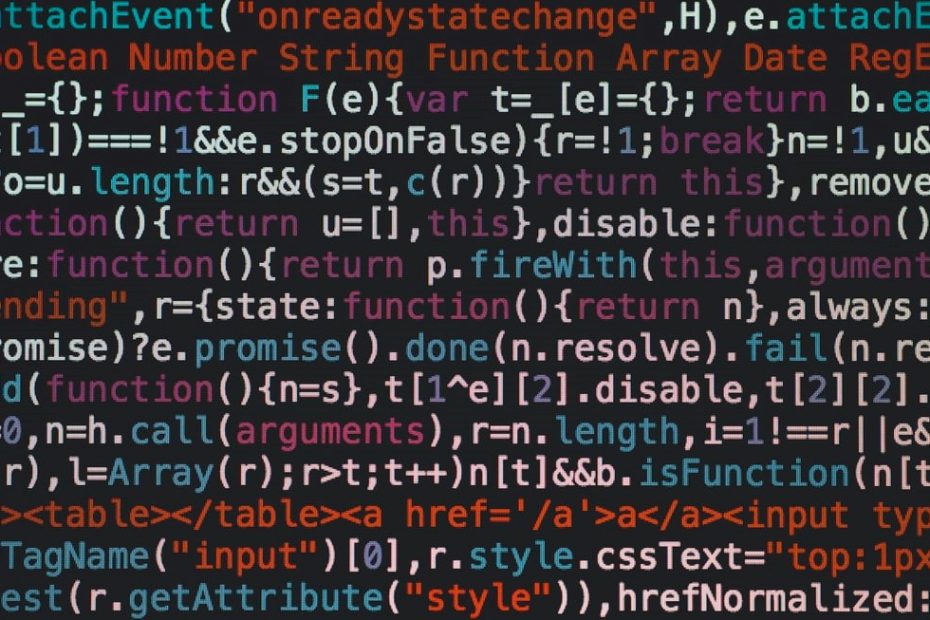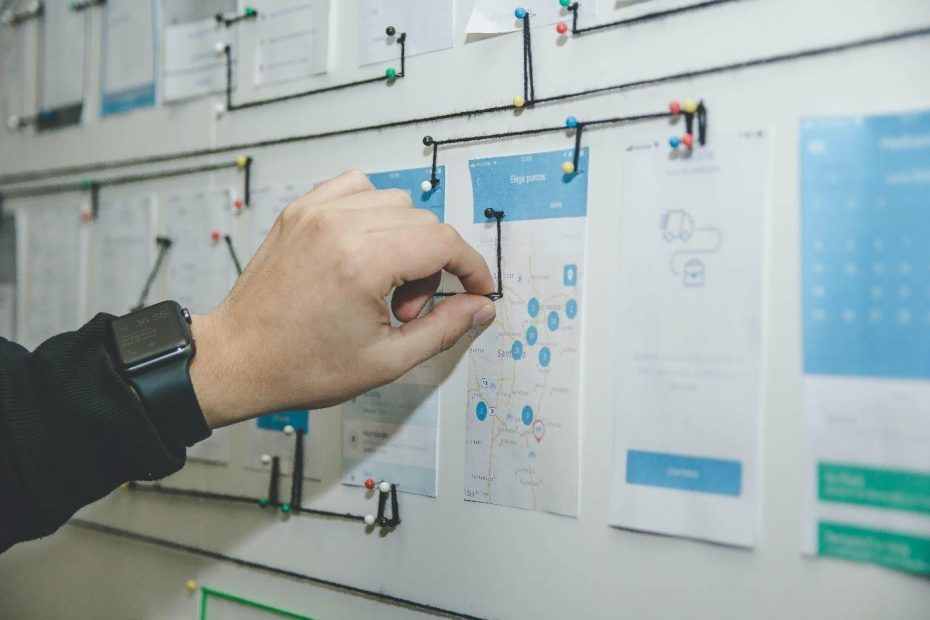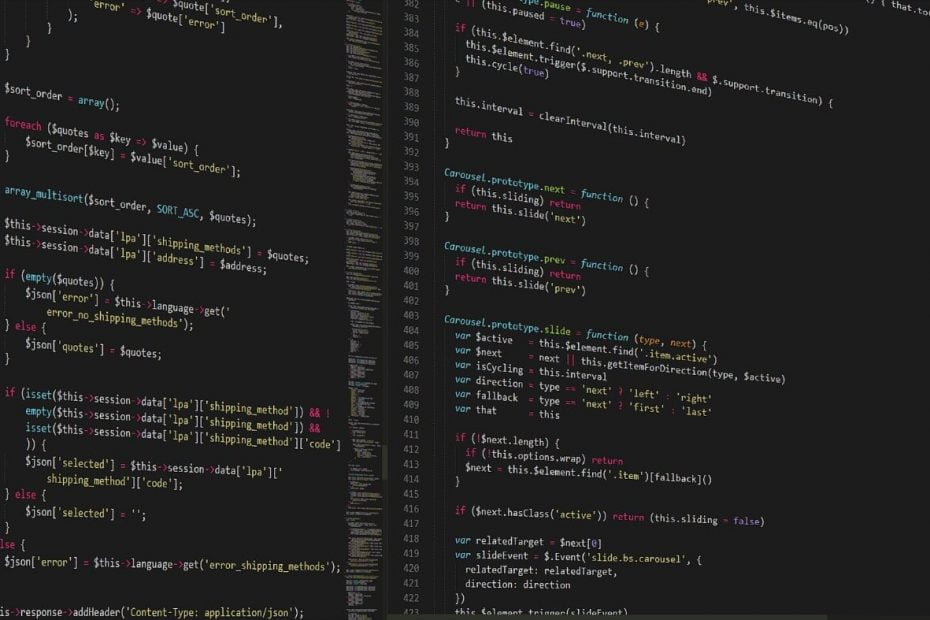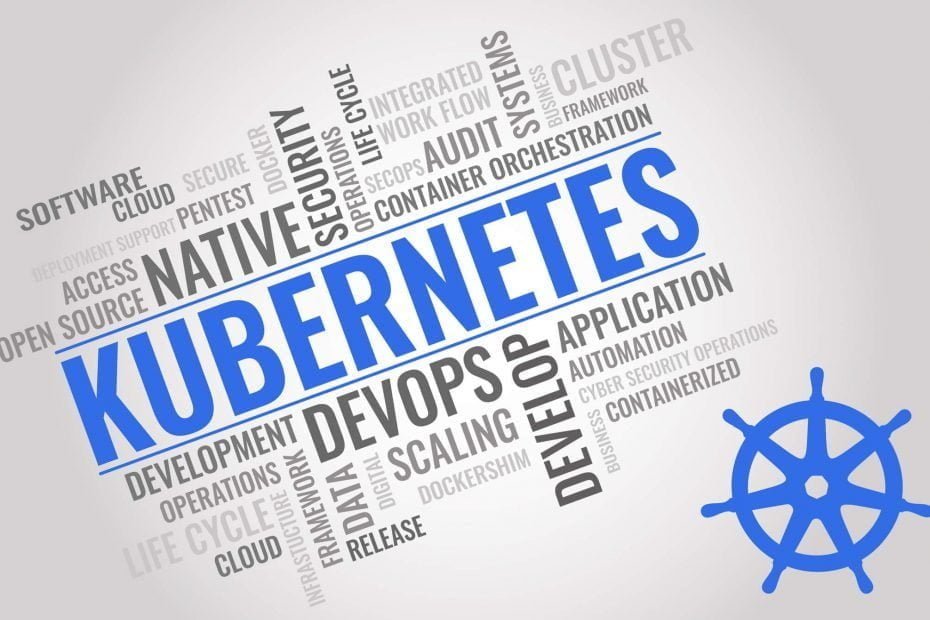Difference Between the Three Types of Microservices
Microservices are an essential part of computing technology. It has gained much popularity and is now considered important in developing a robust architectural approach. In simpler terms, microservices refer to designing a software system that combines loosely coupled services. Instead of using a monolithic approach, software developers are increasingly inclining towards using the microservices architecture. The services in the microservices… Continue readingDifference Between the Three Types of Microservices









